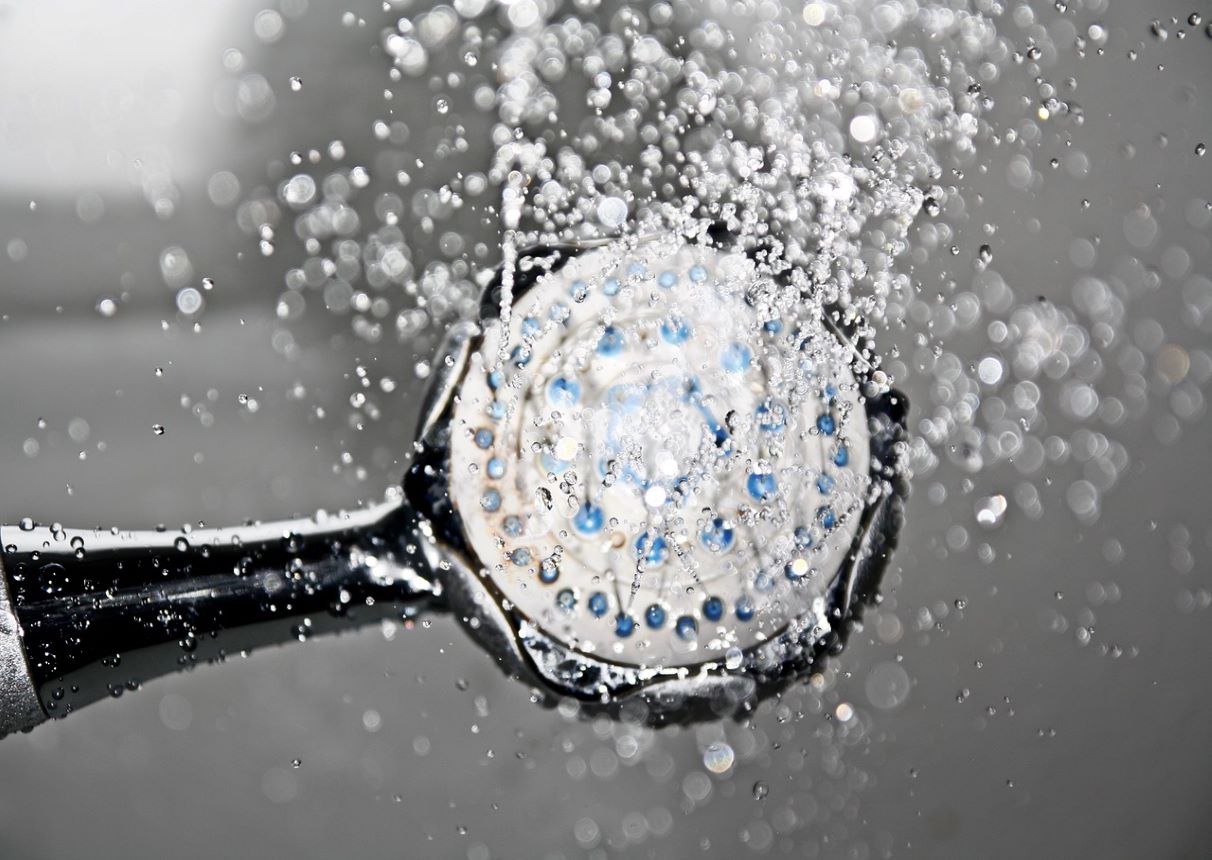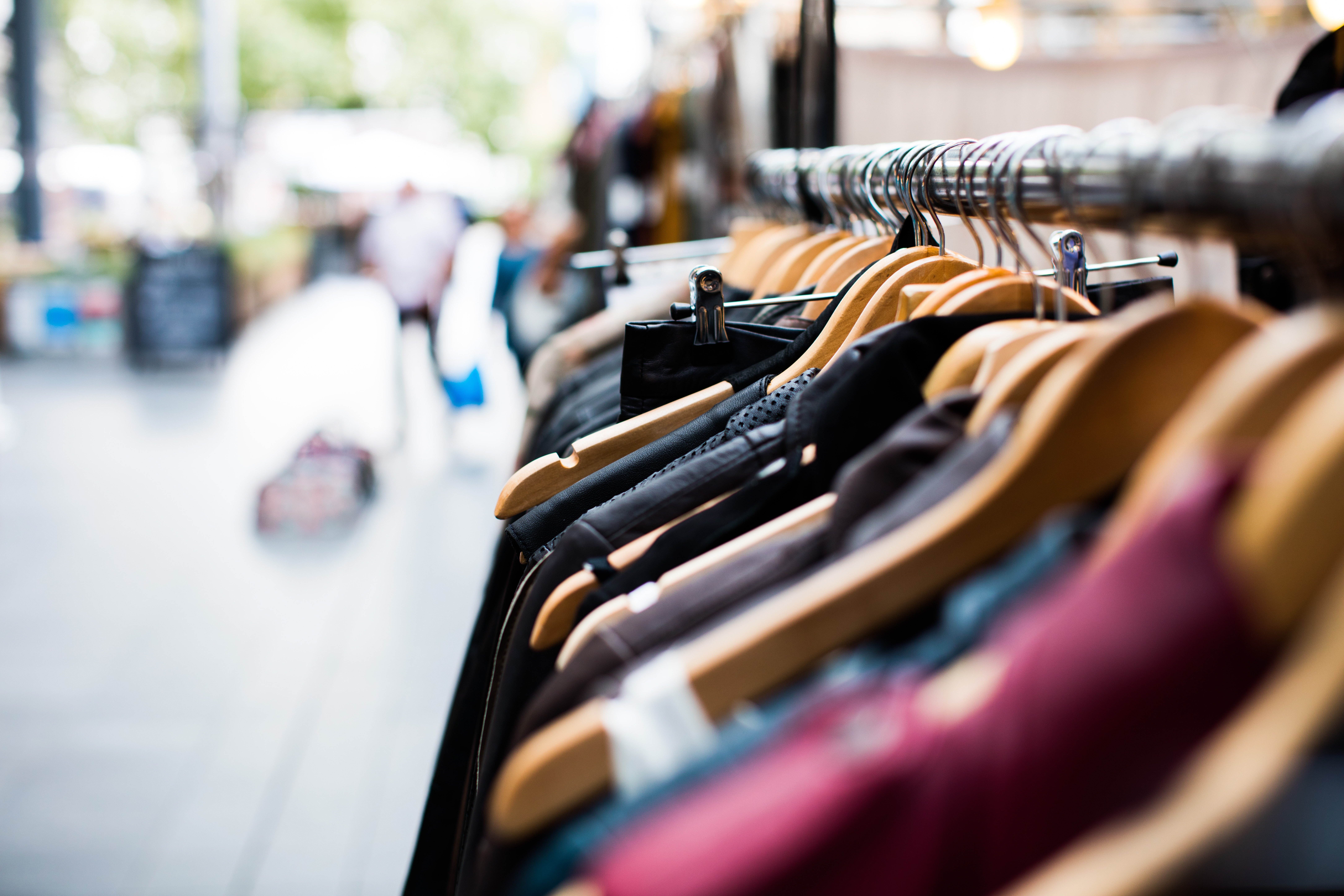Saving water in the kitchen
Drinking and cooking
Keep a large bottle of tap water in the fridge for easy access to chilled water. Instead of pouring leftover water from glasses down the drain, use it to water your plants! Remember to fill the kettle with only the amount of water you need, to save both water and energy. Covering saucepans with lids while cooking reduces water loss through evaporation and speeds up the cooking process, so is a win-win.
Fix those leaks
A dripping tap can waste a significant amount of water over time. Make it a priority to fix any leaks as soon as they are detected - often, these small repairs are simple and inexpensive. Reducing water waste helps maintain local water levels and ensures that this vital resource is conserved.
Washing up
Contrary to popular belief, dishwashers often use less water than washing dishes by hand, especially if you have a newer, energy-efficient model which can save on electricity use too. Ensure the dishwasher is full before running it to maximise water savings, and run it during off-peak hours for cheaper energy use. Skip pre-rinsing your dishes; modern detergents are designed to work effectively with just a quick scrape. To save water, consider using a washing-up bowl or plug in your sink, which can cut water waste by up to 50%. Installing a tap aerator can also help by reducing the water flow.
Laundry
Surveys reveal that most laundry loads are actually smaller than the washing machine's maximum capacity. To maximise efficiency, add a few more items to each load. When buying a washing machine, check the specifications for water usage; the best models typically use less than 7.5 liters per kilogram of laundry. Consult your manual to identify the most water-efficient cycles, as you could also save money on your water bill by opting for an eco program.

